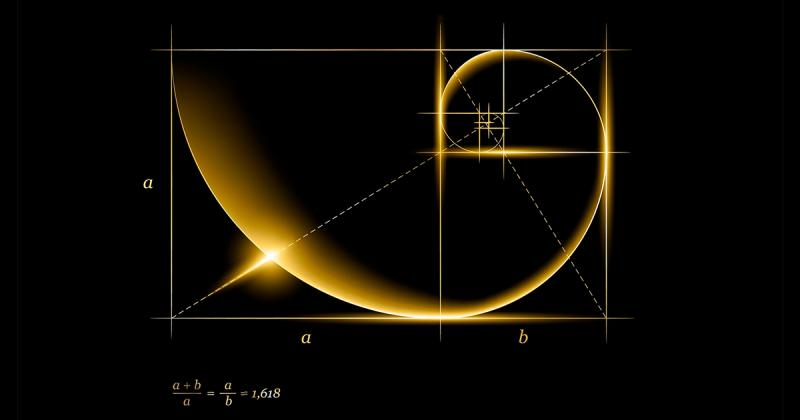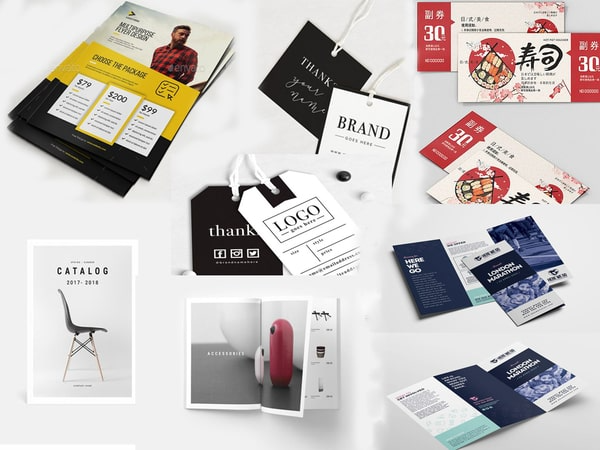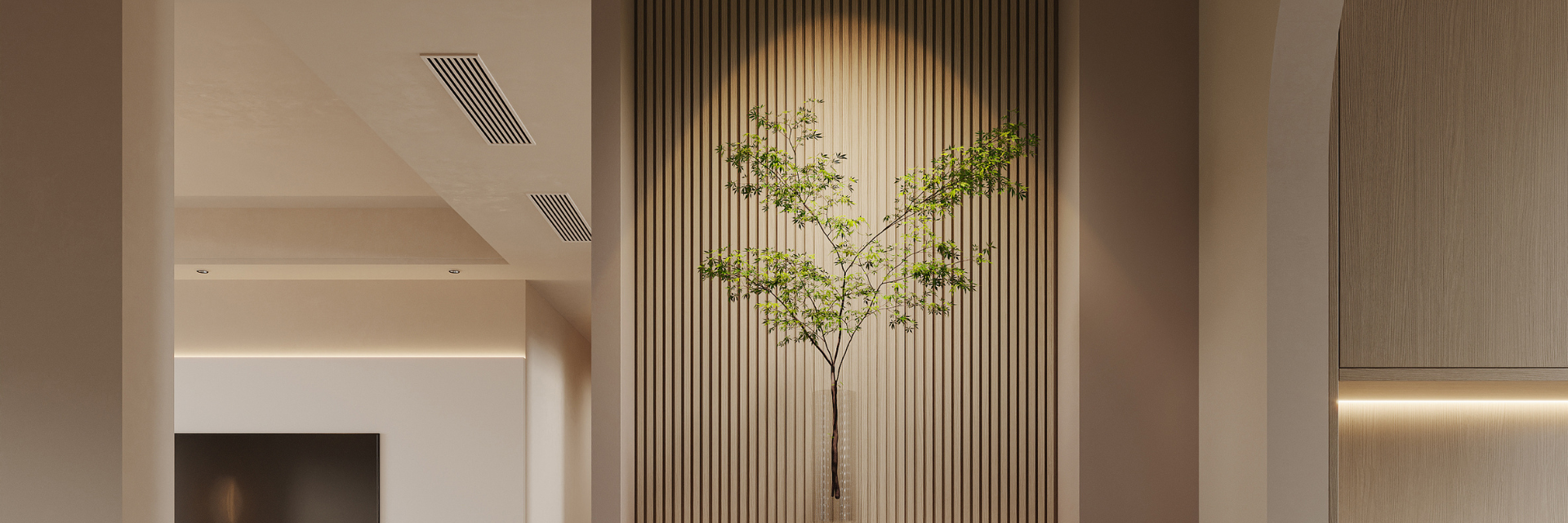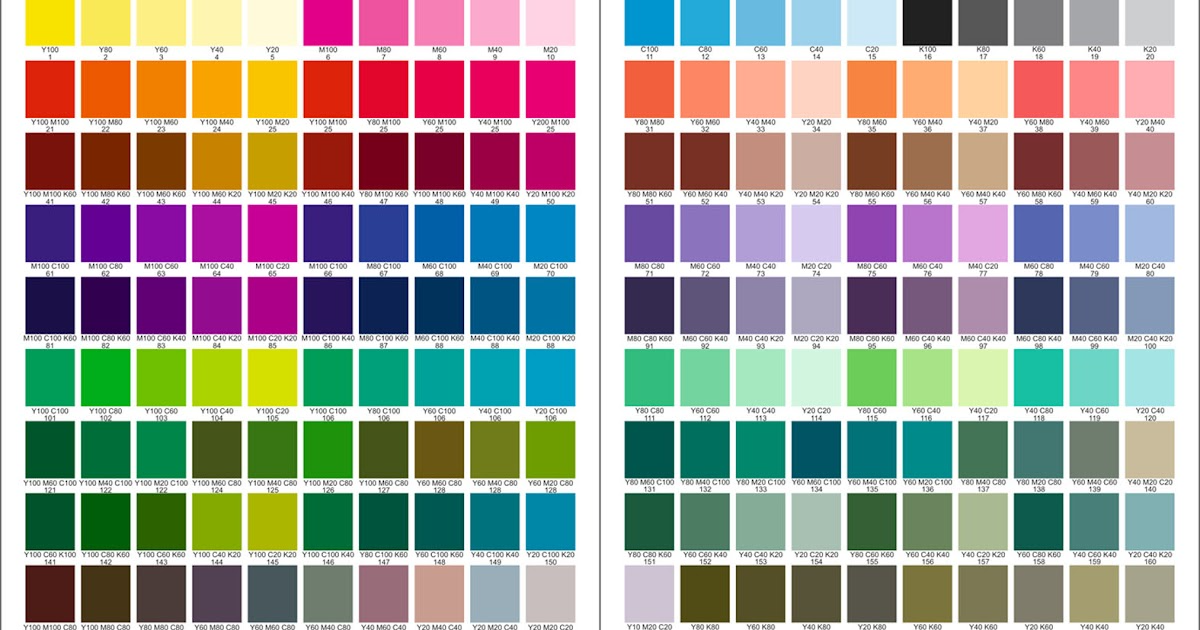
In interior design, many consumers mistakenly perceive lighting design as simply selecting different types of lamps, determining wattage, choosing styles, and matching colors with the interior. However, in reality, this is an inaccurate concept.
Lighting design involves arranging light points, light streams, and suitable colors precisely in the necessary positions (functions) and with reasons. In essence, light is also a type of material (a soft material) that interacts with other materials, similar to concrete, paint, glass, etc. This material interacts with other materials to produce different results, depending on the adjustments made by the designer, resulting in effects such as creating images, paintings, transforming the image of objects through various directions of light.
_( Fabrizio Corneli)
_
(Light shining from above)
(Light shining both from above and below)
(Light creating a cheerful, exciting atmosphere)
(Light creating a nostalgic atmosphere)
(Light creating a romantic atmosphere)
(Light creating an appealing atmosphere)
How to choose lights for installation?
People often think that choosing a type of lamp with an appropriate wattage will achieve the desired lighting effect. For example, buying a 7w lamp, a 9w lamp, 25w lamp, etc.
This may have been true 10 or 20 years ago when the types of lamps available on the market were not diverse, and the wattage was not varied.
But in today’s era, 85% of people use LED bulbs. The types of LED lamps on the market are extremely diverse, with various wattages ranging from 1w to 1000w, and even odd numbers.
So, when buying lamps, how will you choose? Will you choose based on features or power consumption? It’s like when you want to move 50kg of goods into a warehouse, you hire someone to carry it, do you choose someone who can carry the 50kg load or someone who can eat four bowls of rice?
Tell the salesperson what lighting effects you want, how far it needs to illuminate, and what area it should cover. Instead of thinking simply about how many watts are enough.
Each lamp manufacturer has designs with different power outputs, and not every brand is the same as another. What you need is not just how many watts but whether its lighting efficiency is suitable for the space you need to install.
So when deciding to buy lamps, you should be able to answer the following questions:
What are you illuminating?
How do you want it illuminated?
And what type should you use to achieve that illumination?
If you cannot calculate this, ask a lighting design expert to help you calculate the appropriate lamp type, beam angle, luminous flux, and light color. Be cautious when installing a lighting system because it directly affects your health and the health of those around you.

In simple terms, the Golden Ratio is a mathematical ratio. It is abundantly present in nature, and when applied in design, it represents aesthetics, embodying the natural balance of creation. But have you ever wondered what the Golden Ratio truly is and how to use it to enhance your designs?

When it comes to print advertising, understanding the appropriate sizes is crucial for creating high-quality and engaging materials. This article will guide you through the considerations and benefits of adjusting print sizes to achieve satisfactory results.

In lighting design, a solid understanding of the applicable standards is the key to creating harmonious and efficient lighting spaces. With the continuous development of technology and modern design trends, mastering crucial design standards is not only necessary but also a determining factor for the impression of a space. Let’s explore and grasp these standards together to create innovative lighting spaces that touch every human emotion.

Everything in the office should be arranged, organized, and selected to achieve evenness and balance in a certain proportion. This principle is also applied to many small office design models.

In interior design, many consumers mistakenly perceive lighting design as simply selecting different types of lamps, determining wattage, choosing styles, and matching colors with the interior. However, in reality, this is an inaccurate concept.

In the field of fashion retail, a fashion store front typically has 3 mannequins, IKEA arranges items like a home, … It’s not by chance that products are placed the way you see them. Each position in the store is carefully calculated to keep customers there longer, which translates to spending more. The job demands both creativity and a business mindset, and it belongs to visual merchandisers. In this article, find out how visual merchandising works, its impact on brands and revenue.

Surely you have come into contact with printed publications such as desk calendars, flyers, standees, etc. So have you ever wondered how these publications are created or who is behind these publications?

Offset printing is a printing technique in which inked images are transferred (offset) onto rubber sheets (referred to as offset plates) before being pressed onto paper. Nowadays, offset printing technology is widely used by printing companies in Hanoi.

A beautiful piece of work, no matter how aesthetically pleasing, loses more than half of its value if not adorned with suitable colors. In printing, the criteria for color are even more critical. Therefore, the selection of printing colors always takes the most contemplative time in designs. The printing color palette is diverse and mystical. Let’s explore it through the following article.

Event organization is one of the popular and highly competitive industries in the job market that attracts the interest of many young individuals. It is also a crucial aspect of the advertising, communication, and entertainment services industry.

Before launching a new product, the first thing a business needs to do is market research to understand customer needs, current market trends, and competitors. This will help the business identify target markets and develop appropriate marketing strategies to promote its product.
